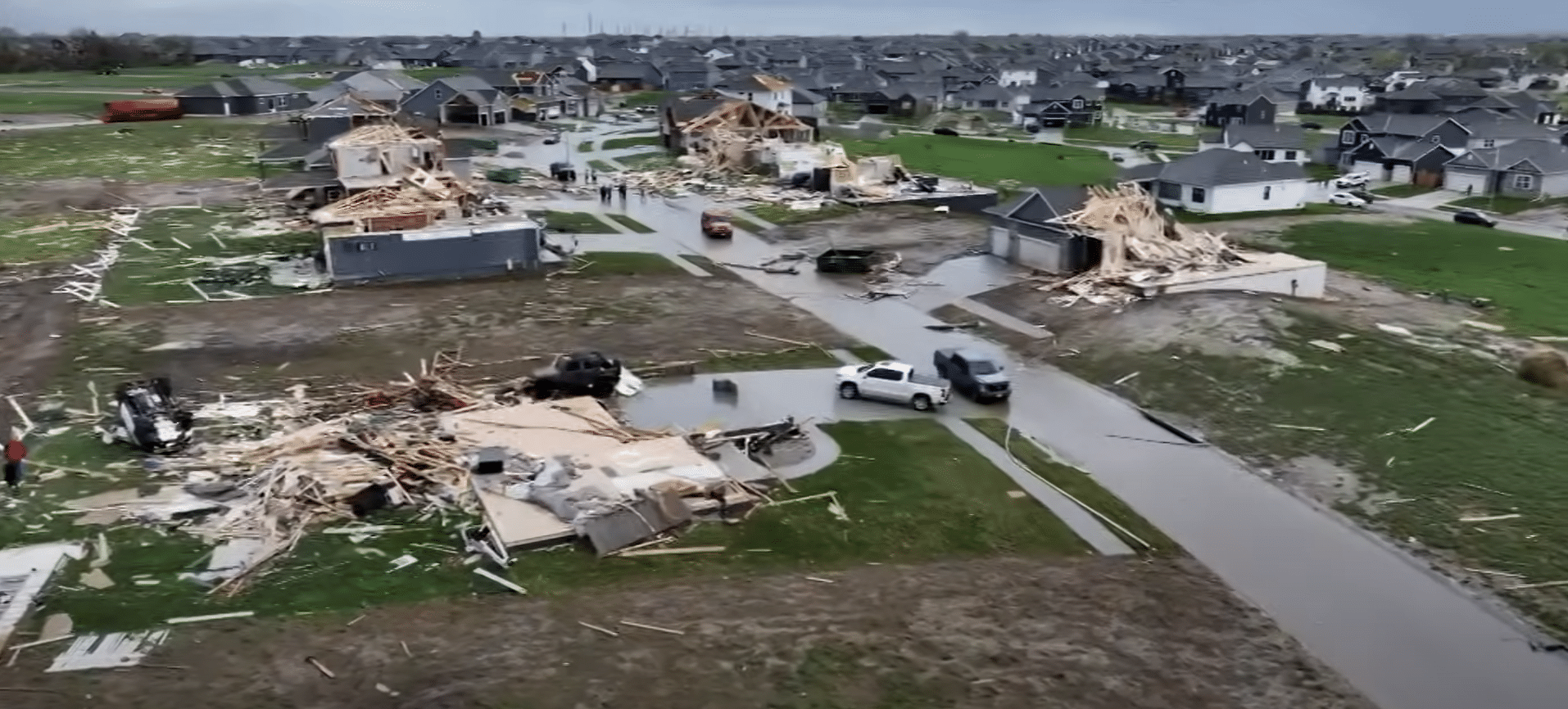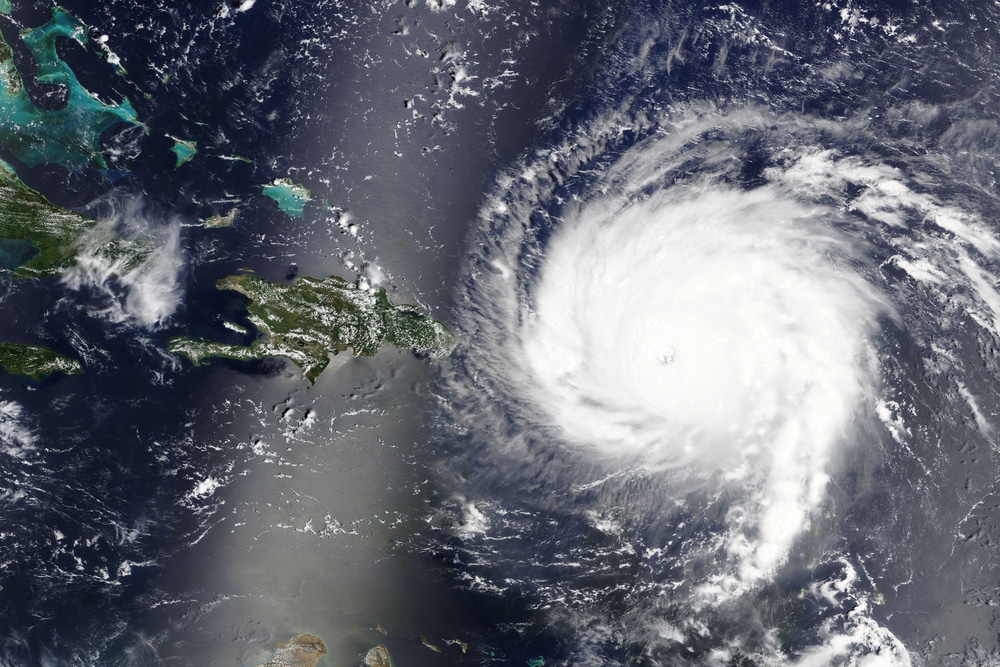(National Geographic) Perched on the northeastern edge of Sicily, Italy’s Mount Etna is a hyperactive volcano capable of producing incandescent lava flows as well as explosive, lightning-surrounded pyrotechnics. It’s also sliding into the Ionian Sea—and a new study provides fresh evidence as to why. It’s been known for some time that the so-called Roof of the Mediterranean has been on the move. Etna is not slipping quickly; on average, its migration is happening at a rate several times slower than the growth rate of your fingernails.
But geologists have been hunting for the exact cause of the volcano’s motion, since it’s linked to the risk that the fiery mountain may suffer a catastrophic collapse. About a million people live on Etna’s slopes, and millions more reside on the coastlines across the Ionian sea. If part of the volcano near the shoreline becomes unstable and falls into the water, it could create mega-tsunamis that would devastate the shores of the eastern Mediterranean. FULL STORY
















